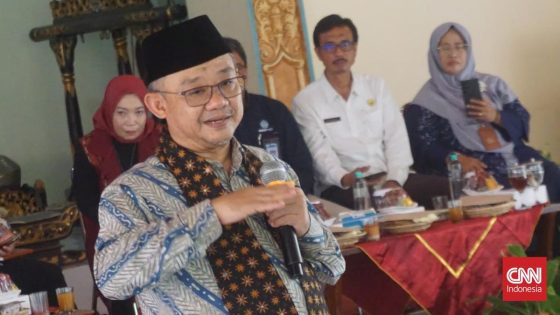On February 10, 2025, President Prabowo announced a 6.5% increase in the National Minimum Wage (UMN). This change affects regional wages, now known as UMP (Provincial Minimum Wage) and UMK (City/District Minimum Wage). Curious about which regions have the lowest wages in Indonesia? Let’s explore the provinces and cities with the lowest UMP and UMK.
- President Prabowo announces 6.5% minimum wage increase.
- UMP and UMK are new wage classifications.
- Central Java has the lowest UMP in 2025.
- Banjarnegara has the lowest UMK in 2025.
- DKI Jakarta has the highest UMP in 2025.
- Data sourced from Ministry of Manpower.
Understanding UMP and UMK: What They Mean for Workers in Indonesia
Why should we care about UMP and UMK? These minimum wages directly impact the livelihoods of millions. In Indonesia, the UMP varies by province, while the UMK is set at the city or district level. This creates a patchwork of wage standards across the country. Are workers in lower-paying regions at a disadvantage?
Lowest UMP and UMK in Indonesia: A Closer Look at 2025
In 2025, the provinces with the lowest UMP include:
- Central Java: IDR 2,169,349
- West Java: IDR 2,191,232
- Yogyakarta: IDR 2,264,081
- East Java: IDR 2,305,985
- East Nusa Tenggara: IDR 2,328,970
- West Nusa Tenggara: IDR 2,602,931
- Bengkulu: IDR 2,670,039
- West Kalimantan: IDR 2,878,286
- Lampung: IDR 2,893,070
- Banten: IDR 2,905,120
Provinces with the Lowest UMP in 2025
Central Java stands out with the lowest UMP, reflecting economic challenges in the region. This low wage can affect workers’ purchasing power and overall quality of life. How can local governments address these disparities?
Cities with the Lowest UMK in Indonesia
Banjarnegara, a district in Central Java, has the lowest UMK at IDR 2,170,475. Other districts with low UMK include:
- Wonogiri: IDR 2,180,587
- Sragen: IDR 2,182,200
- Banjar (West Java): IDR 2,204,754
- Kuningan (West Java): IDR 2,209,519
In conclusion, the wage differences across Indonesia highlight significant economic inequalities. Addressing these disparities is essential for improving the lives of workers in lower-paying regions.
































